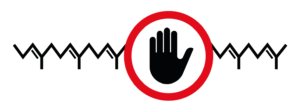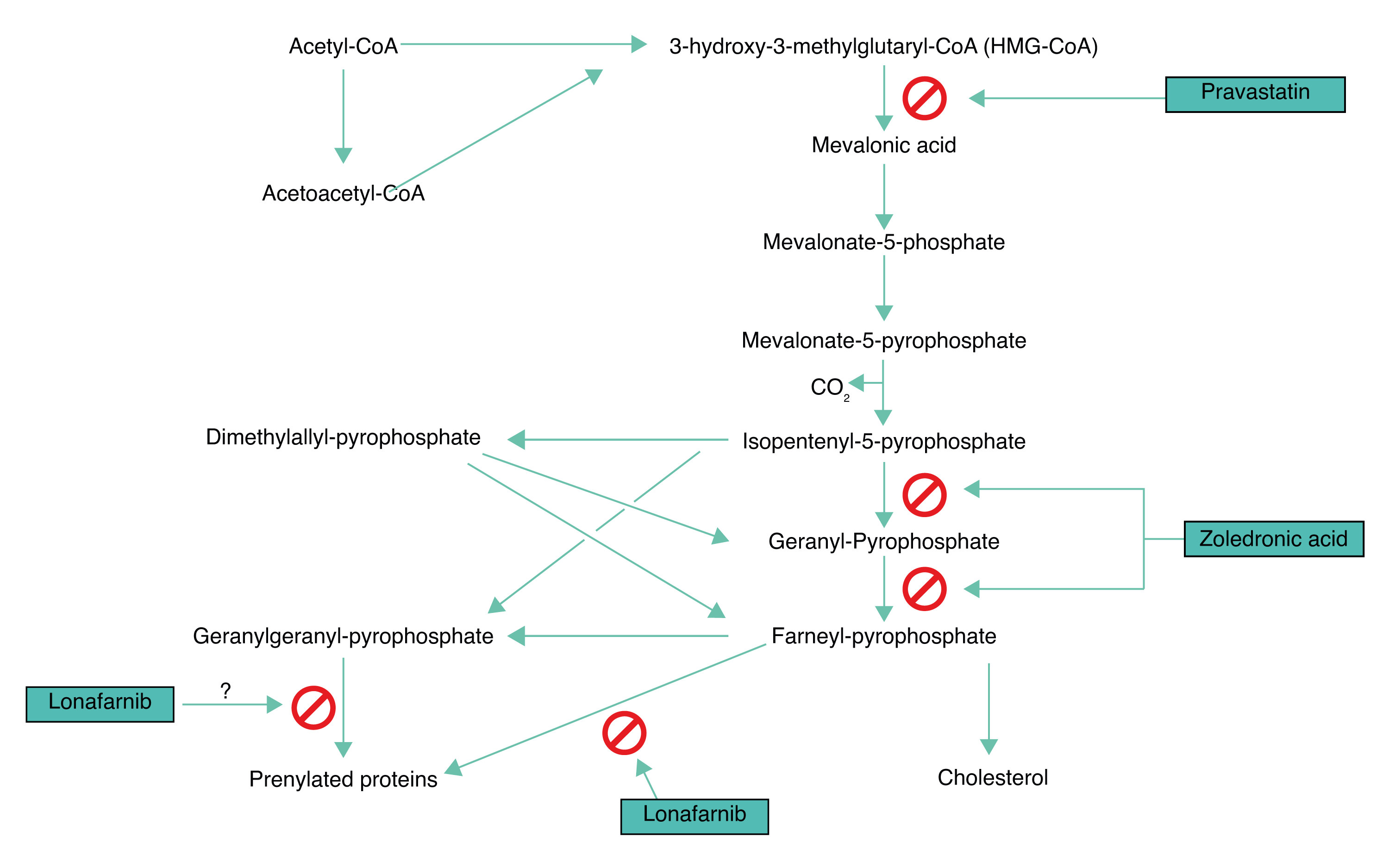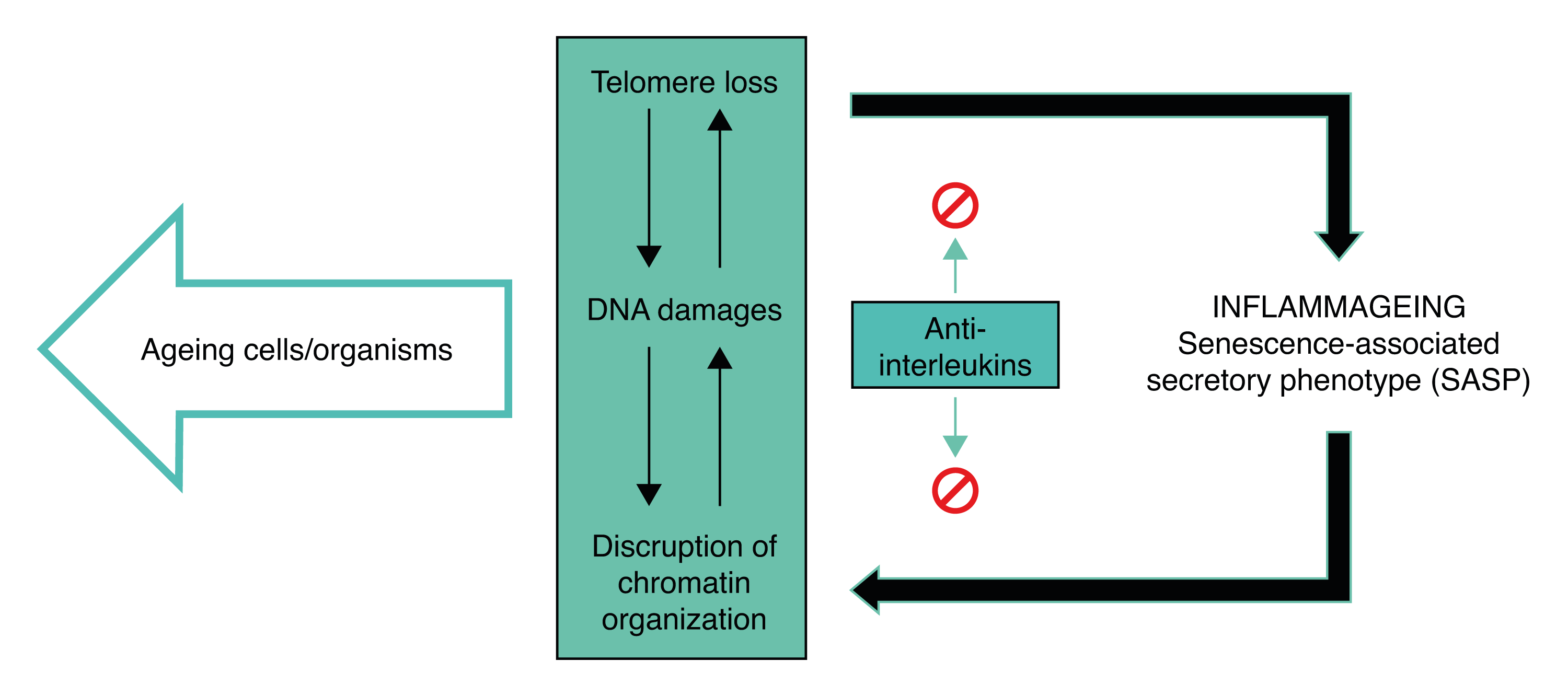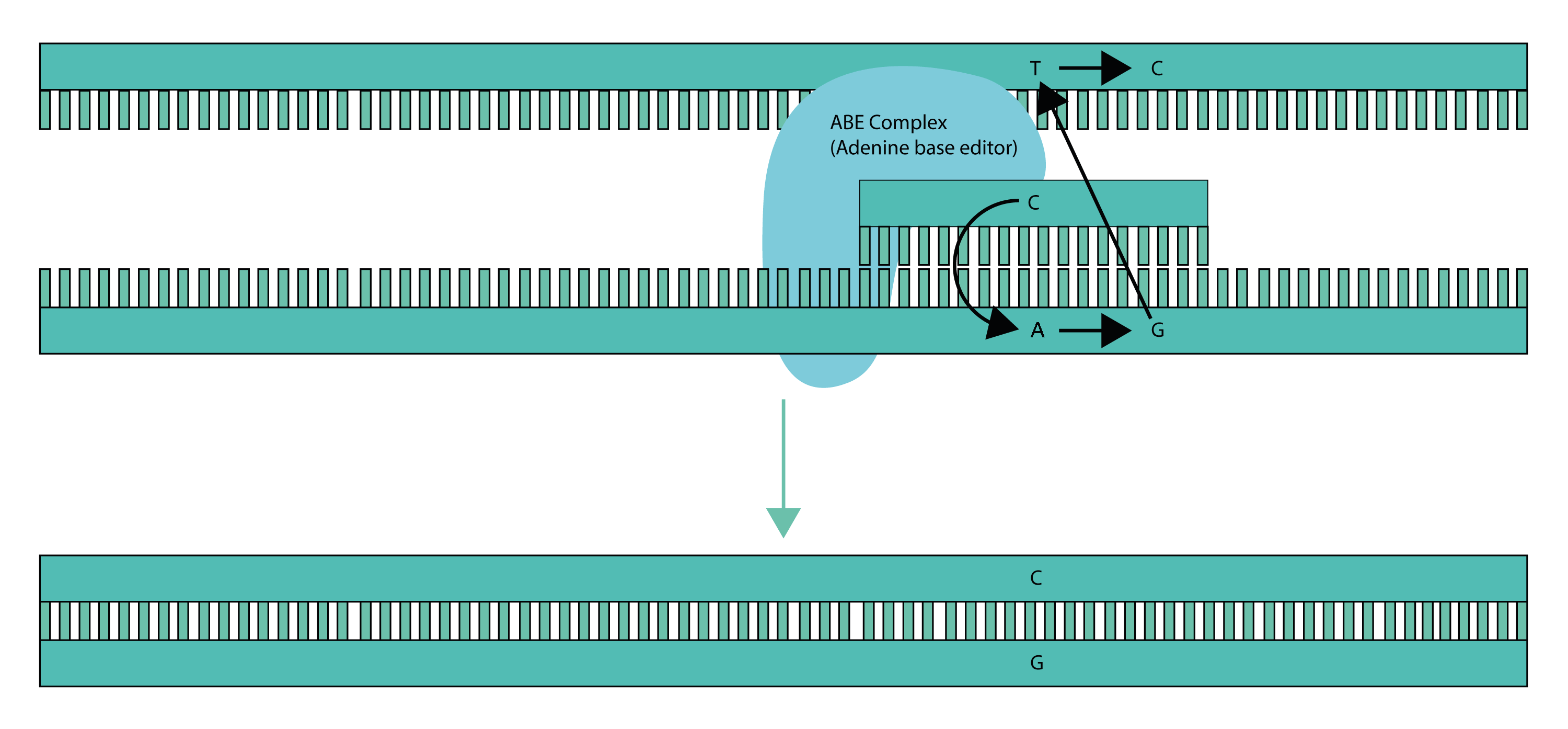Introduction
Since the discovery of the gene to date, much research has been carried out into progeria, and although not everything has yet been clarified about this interesting disease, there have also been many discoveries made, some of which have been translated into clinical trials on patients. Below are the drugs tested so far in the various clinical trials:
Lonafarnib
This drug, initially thought of as an anti-cancer drug, turned out to be able to inhibit the farnesylation of progerin. In a nutshell, as progerin is a lamin A that has not fully matured, it has a farnesyl group at its end, a chemical compound that is useful in the maturation process, but which must not be present in the final protein. The presence of farnesyl is thought to be one of the reasons why progerin is so toxic.

The clinical trial of this drug in children with progeria, which began in 2007, has demonstrated its efficacy in generally improving progeria-related symptoms and extending the average life expectancy of patients by two and a half years (with the younger the patients are at the time of initiation of administration, the better their recovery).
For this reason, in 2020, the US Food & Drug Administration (FDA) officially approved Lonafarnib as the first progeria drug under the name Zokinvy. In 2022, the same drug was also approved at the European level by the European Medicines Agency (EMA) and now various approval processes by the Member States are underway. In late 2022, the Italian Medicines Agency (AIFA) also approved this drug in Italy.
Pravastatin and Zoledronic Acid
Were used as drugs in a combination trial with the former Lonafarnib. Both of these drugs are able to reduce the level of farnesyl expressed by the cell, making it even less accessible in the progerin formation process. However, except for a moderate recovery in bone mineral density, no improvements were observed compared to the trial conducted with Lonafarnib alone.

Summary diagram of the action of Lonafarnib, Pravastatin and Zoledronic Acid
Everolimus
This drug, derived from rapamycin, is currently being used in a clinical trial in patients with progeria along with the previously described Lonafarnib. The basic idea behind the use of this drug, as evidenced by in vitro and in vivo research, is that by stimulating the autophagy process it should be able to reduce the level of progerin within the cell nucleus by increasing the protein recycling process.
Promising research
Antisense oligonucleotides and Morpholino/strong>
These two promising methods act at the basis of the progerin expression process. As with any gene, the mutated LMNA gene expresses progerin (as well as lamin C) via a nucleotide intermediate called mRNA. By means of antisense oligonucleotides, it is possible to intercept the mutated mRNA so that it is degraded and does not produce progerin. By using Morpholino, on the other hand, it is possible to intercept the mutated mRNA so that it 'covers up' the mutation and causes it to produce normal lamin A instead of progerin. These two treatments, as well as giving excellent preliminary results, have already been used for several other diseases.
Anti-interleukin
 One of the aspects that basic research on progeria has been focusing on recently is the relationship between progerin and inflammation. Indeed, a clear correlation has been demonstrated between the accumulation of progerin in the cell nucleus with an increase in molecules that initiate an inflammatory response in the cell. In fact, it is thought that pre-lamin A, an unmatured form of lamin A, is essential to trigger this type of reaction, which, let us remember, has a beneficial effect in response to stress or DNA damage. Progerin itself has the same effect as pre-lamin A but, unlike the latter, it cannot be matured into lamin A once the inflammatory stimulus is no longer required. This leads to a basal level of inflammation in the progerin cells (and thus in the entire organism), which instead of counteracting the stress stimulus, instead increases it, causing DNA damage, progerin itself increasing and a chain activation of other inflammatory signals, in a self-feeding cycle. Although the issue has not yet been fully clarified, preliminary studies show the validity of using special drugs aimed at lowering the inflammatory stimulus in contrast to progeria.
One of the aspects that basic research on progeria has been focusing on recently is the relationship between progerin and inflammation. Indeed, a clear correlation has been demonstrated between the accumulation of progerin in the cell nucleus with an increase in molecules that initiate an inflammatory response in the cell. In fact, it is thought that pre-lamin A, an unmatured form of lamin A, is essential to trigger this type of reaction, which, let us remember, has a beneficial effect in response to stress or DNA damage. Progerin itself has the same effect as pre-lamin A but, unlike the latter, it cannot be matured into lamin A once the inflammatory stimulus is no longer required. This leads to a basal level of inflammation in the progerin cells (and thus in the entire organism), which instead of counteracting the stress stimulus, instead increases it, causing DNA damage, progerin itself increasing and a chain activation of other inflammatory signals, in a self-feeding cycle. Although the issue has not yet been fully clarified, preliminary studies show the validity of using special drugs aimed at lowering the inflammatory stimulus in contrast to progeria.
Progerinin
This drug was created exclusively for progeria, and is a chemical compound that binds progerin, preventing it from binding in turn to nuclear laminin and making it more easily degradable. Preliminary studies on this drug have shown excellent results.

Summary diagram of the action of anti-interleukins in progeria
Genetic editing
Gene editing methods are likely to be the methods with which we will be able to cure progeria definitively in the future. The first method studied consists of using the 'CRISPR-Cas9' method to mediate a cut in the DNA exactly at the point where the mutation exists in progeria, and then exploiting the cell's ability to repair it so that the mutation (together with a small part of the DNA) is excised.
 The second method studied, on the other hand, is of the very latest conception and, although it is designed to cure progeria, it may pave the way for the cure of many other point-sensitive genetic diseases. This is 'base editing', which is literally able to lock on to the defective LMNA gene so as to modify that one mutated nucleotide to make it completely the same as the healthy one. By the time we are able to treat 100% of the cells in an organism with progeria with this method, we will be able to freely claim to be able to cure progeria. In any case, although we are still a long way from this goal, the percentage of cells treated in mouse models with progeria have shown the most promising results to date.
The second method studied, on the other hand, is of the very latest conception and, although it is designed to cure progeria, it may pave the way for the cure of many other point-sensitive genetic diseases. This is 'base editing', which is literally able to lock on to the defective LMNA gene so as to modify that one mutated nucleotide to make it completely the same as the healthy one. By the time we are able to treat 100% of the cells in an organism with progeria with this method, we will be able to freely claim to be able to cure progeria. In any case, although we are still a long way from this goal, the percentage of cells treated in mouse models with progeria have shown the most promising results to date.
Summary diagram of the action of base-editors in the mutated LMNA gene in Progeria

Other research
A great deal of research has been carried out to date on progeria, much of which has been fundamental both to understanding the more subtle mechanisms underlying the disease, but which has also made an extraordinary contribution to the study and identification of possible drugs to be used in the various clinical trials conducted to date. It should also be remembered that research on progeria, being enormously complex and a form of systemic premature ageing, is of extreme importance not only for many other diseases, but also for elucidating many physiological mechanisms present in the human body in general... we can say without forcing the issue that research on progeria concerns us all.
